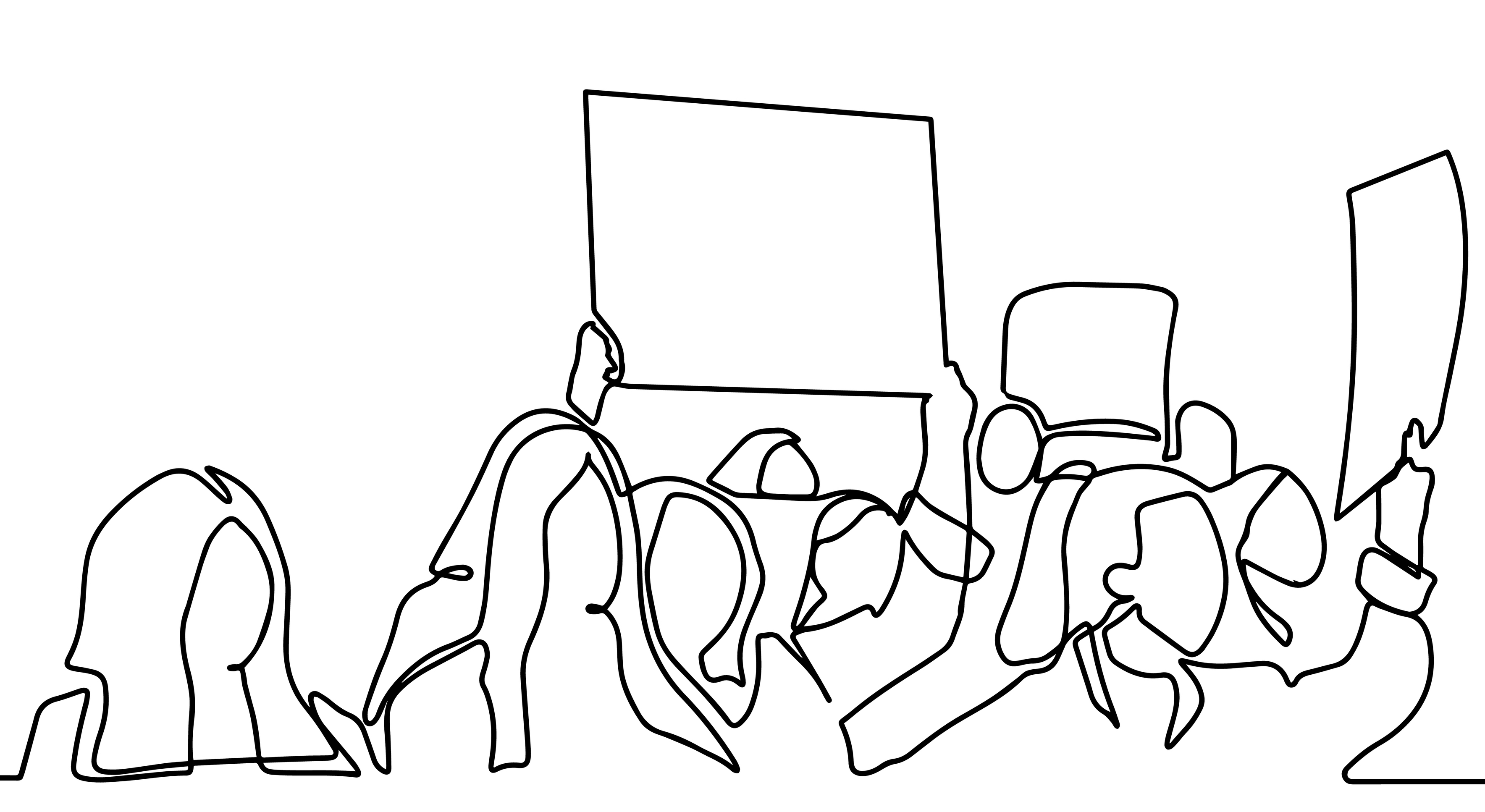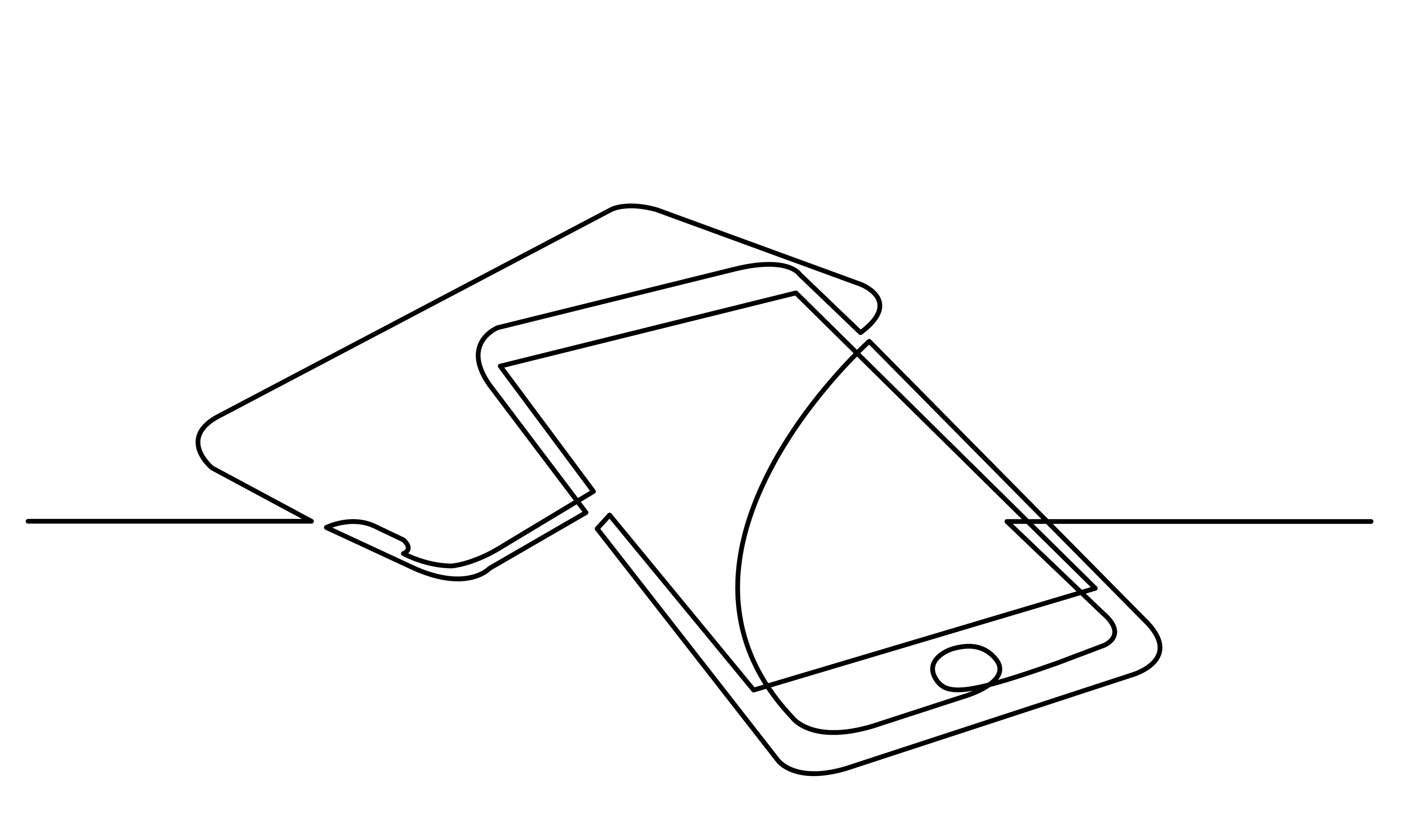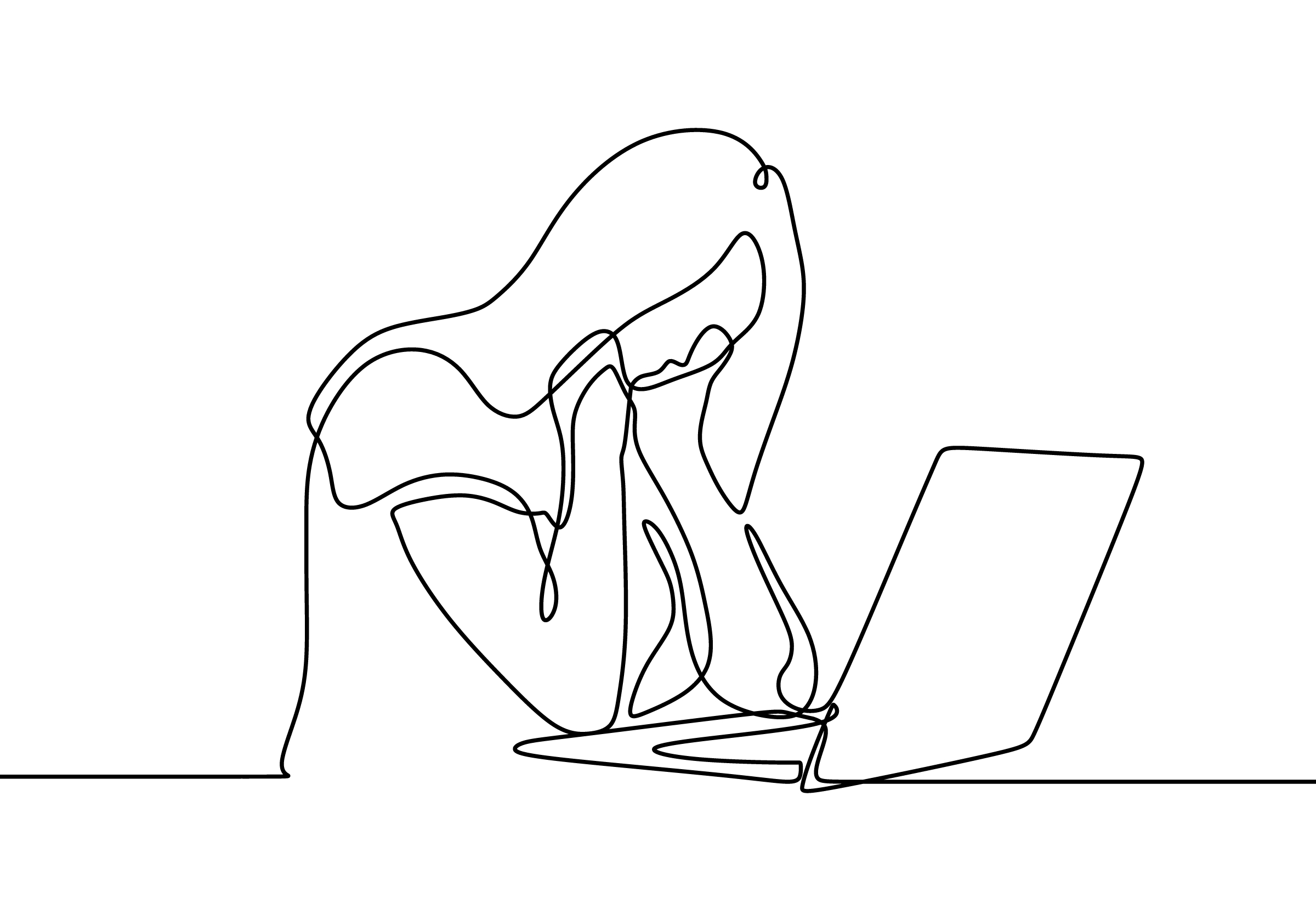
Health & Medicine
What drives Intimate Partner Sexual Violence?

Research finds that women who’ve experienced intimate partner sexual violence believe pornography plays a role in their abuse
Published 3 May 2021
CONTENT WARNING: This article discusses multiple forms of trauma, including sexual violence and assault, abuse and harassment, as well as the effects of this trauma on mental health.
Break the silence was a clarion call of 20th Century feminist uprisings to end men’s violence against women, and these voices are now reaching a crescendo as women increasingly speak out and scream their truth.
Here in Australia, the momentum for change has been building from Reclaim the Night rallies, through the #metoo movement, to the March4Justice protest. Even former Prime Ministers are claiming we have reached a time of reckoning regarding men’s sexual entitlement to women in this country.

But when it comes to sexual violence against women, there are still things that we struggle to openly talk about.
One of these is the fact that in many cases perpetrators are the people closest to women – their intimate partner.
Another is the role of pornography.
In new research, we’ve found that pornography features prominently in the accounts of women experiencing Intimate Partner Sexual Violence (IPSV). It suggests that we need to start talking more seriously about the personal and cultural impact of pornography use in addressing sexual violence against women.

Health & Medicine
What drives Intimate Partner Sexual Violence?
IPSV is a common, yet hidden, form of violence against women. Despite this, it remains poorly understood and under-researched.
This form of violation encompasses a range of behaviours, including rape and sexual assault, but also includes more subtle behaviours like the use of coercion and blackmail to obtain sex.
While ISPV frequently co-occurs with physical or psychological abuse, studies with victim and survivors suggest that experience of sexual violence perpetrated by an intimate partner is specific and multi-traumatic.
Research suggests that one of the drivers of this form of sexual violence against women is a perpetrator’s fragile masculinity and a strong sense of sexual entitlement.
When put this way, it might seem obvious that there is a connection between the misogyny of much mainstream pornography, male sexual entitlement and ISPV – but connections like this have only been explored in a handful of studies.

All too often pornography is seen as too difficult or too controversial to be central to contemporary research on violence against women.
But the wide and easy availability of pornography means it is now an almost ubiquitous backdrop to the cultural construction of heterosexuality.
Whatever you might think of pornography, it cannot be ignored.

Health & Medicine
Trust betrayed: Attacked from the inside out
Pornography consumption has proliferated around the world with the rise of internet access and increasing social acceptance. Today in Australia, 99 per cent of men aged under 30 report accessing pornography in the last year.
Many are habitual consumers, with 39 per cent reporting that they watch pornography daily. A further 46 per cent report accessing pornography weekly.
That means 85 per cent of men accessing porn are accessing it at least once a week.
Pornographic content has also proliferated through changing business models, including and free-to-access video sites. And, as a variety of both popular and academic work has shown, much of this content is abusive, violent – or both.
It is also worth noting that at least one study has found a majority of porn consumers in Australia report that they had applied something they had seen in pornography in their own sex lives.

This is not to argue for a simplistic notion of cause and effect, or that pornography consumption inevitably leads to the perpetration of ISPV. What our research does show, however, is that there are instances where pornography is clearly and directly implicated in survivors’ experiences of ISPV.
In the Beyond Silence study, women reported pornography being used as ‘manual’ to determine what kinds of abuse they would be subjected to. They reported being forced to watch pornography to groom them or coerce them into particular sex acts.

Politics & Society
Intimate partner sexual violence and the courts
Here in their own words are examples from three different women:
“Knowing what I know now, he’s obviously been watching porn. He’s got it from there and he’s wanted to try it.”
“It would be verbally saying stuff, like, using pornography to make me think those things were normal, and that’s what everybody does. So, like, planting seeds of ideas of this is what you should want to do.” “He would make me watch pornography with him that I found very, very demeaning and just made me squirm. He actually wanted to have sex while it was on and I just didn’t... I didn’t even want to be there, let alone do anything else.
“But there was always that pressure.”

Some participants also offered thoughts on the role of pornography, more generally beyond their own personal experiences. As one woman said in Beyond Silence:
“I think porn is a massive issue … I really do feel like that massively impacts the way that women are treated, especially young women going in and feeling like that’s how you should be treated in relationships.”
What is particularly striking about these women’s accounts is that they raised these issues themselves. At no point in the research process were they specifically asked about pornography.

Health & Medicine
What a friend experiencing abuse needs most is an ally
This was an unexpected finding of the project, although, perhaps we should not have been surprised, given the ubiquity of pornography use.
The connections we’ve found between IPSV and pornography clearly need to be explored in further research and pornography should be part of future studies asking women about their experiences of IPSV.
Survivors are already reflecting on these connections themselves, and their voices should be included in broader public discussions about the ways in which pornography and violence against women overlap and intersect.
It isn’t enough to just feel uncomfortable and continue to look away.
If you need support or more information, please contact 1800 Respect national helpline: 1800 737 732 or Lifeline: 131 114.
Banner: Shutterstock